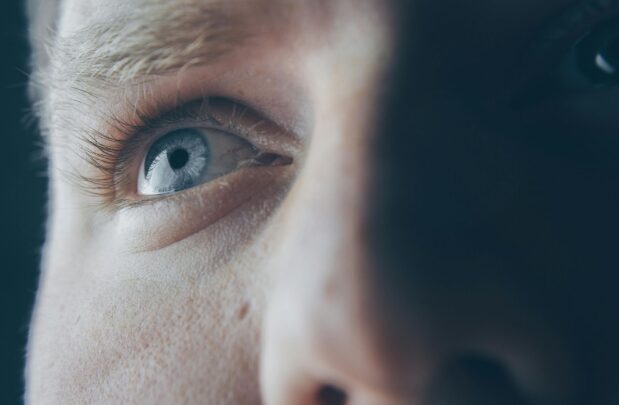Understanding Hunter Eyes and Negative Canthal Tilt: A Practical Guide (2025)

When it comes to facial structure and eye beauty, terms such as hunter eyes and negative canthal tilt are being discussed actively on the internet forums and aesthetic communities. But what do they mean? But also more importantly, how do you find a way to recognize them within yourself?
This guide hopes to simplify these concepts in one easy-to-follow, & useful to know way.
What Are Hunter Eyes?
Hunter eyes A certain shape of the eyes and the structure of the orbital bones used to pronounce strong midface development can be connected with hunter eyes, and are apt to be set deep in the eye orbits, and turned a trifle upwards at the extremities.
Typical features of hunter eyes:
- Horizontally wide eye opening
- Deep-set under a strong brow ridge
- Minimal upper eyelid exposure
- Positive or neutral canthal tilt
These attributes are normally considered as ones with equal beauty and those that fall in line with the character of classic masculine traits. Have you ever wondered whether you have hunter eyes, but you do not know how they look? Then this guide on hunter eyes can be your best bet, as the labelling of hunter eyes is supported by side-by-side comparison and analysis.
The canthal tilt is the angle between the inner and outer corners of your eyes. A negative canthal tilt results in the outer corner of the eye being below the inner corner.
You can check your canthal tilt by:
- Taking a straight-on selfie
- Drawing a horizontal line from the inner to the outer eye corners
- If the outer corner is lower than the line, it’s a negative tilt
Although a negative tilt is typical and not by any means a bad thing, it can, once in a while, make the semblance of fatigue or pull in the facial region.
Need a full step-by-step guide to identifying and addressing this feature? You can view this thorough guide to correcting the negative canthal tilt, which includes two non-surgical and medical options.
Can These Features Be Changed?
Non-Surgical Adjustments:
- Posture correction and mewing (tongue posture techniques) may affect long-term facial alignment, especially in younger individuals
- Skincare, sleep, and hydration can improve the appearance around the eyes
Surgical Options (for advanced correction):
- Canthoplasty: a surgical procedure to reposition the outer eye corner
- Orbital rim implants or bone contouring (rare, and case-specific)
A proper research and consultation with the professionals is mandatory before one thinks about a possible procedure. Such shifts are very personal, and one ought to be careful when dealing with them.
Self-Awareness Over Perfection
Facial structure is complicated. Genes, age, and living arrangement all contribute. It doesn’t matter whether you have naturally hunter eyes or you exhibit a downward canthal tilt; the point is to accept your features, not try to follow the trends.
Websites such as Eyes On Hunt make these subjects accessible through straightforward, fact-based, and research-based information. It’s not about being perfect; it’s about the awakening and making informed decisions.
Final Takeaway
Knowing your eye type and canthal tilt will make you see the impact of the aspects on overall appearance. To improve, to rectify, or just to live with them, self-awareness comes first in making confident and informed choices.





